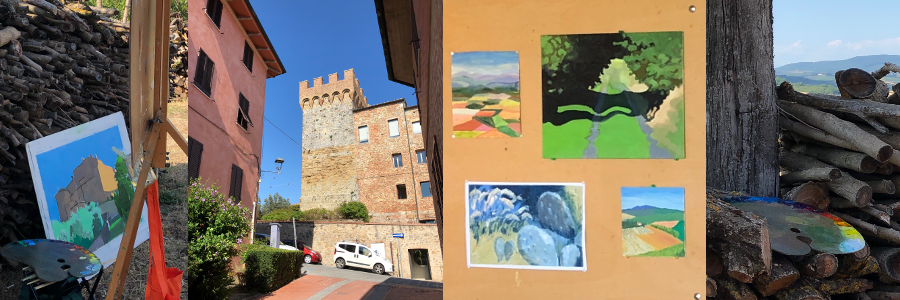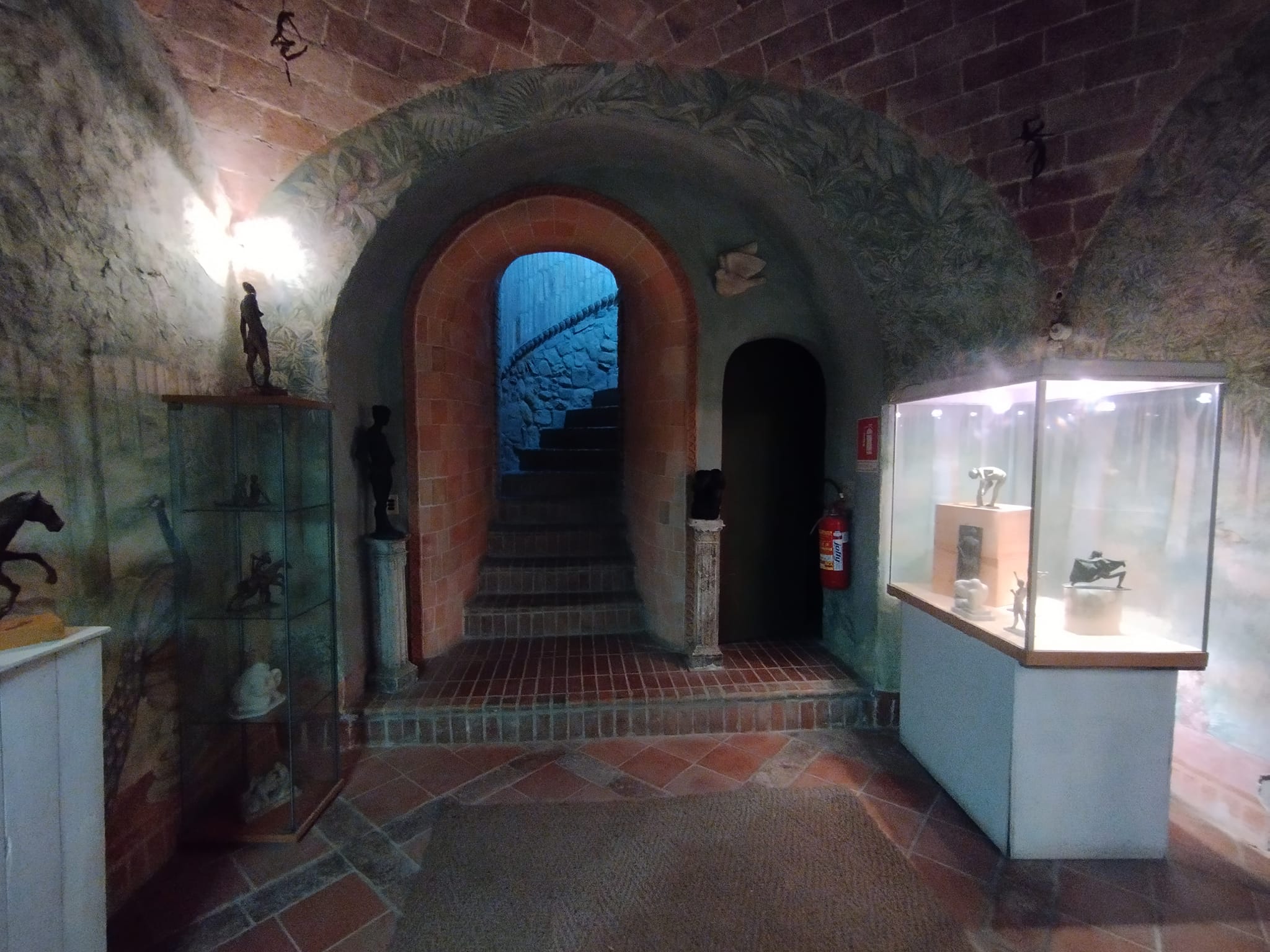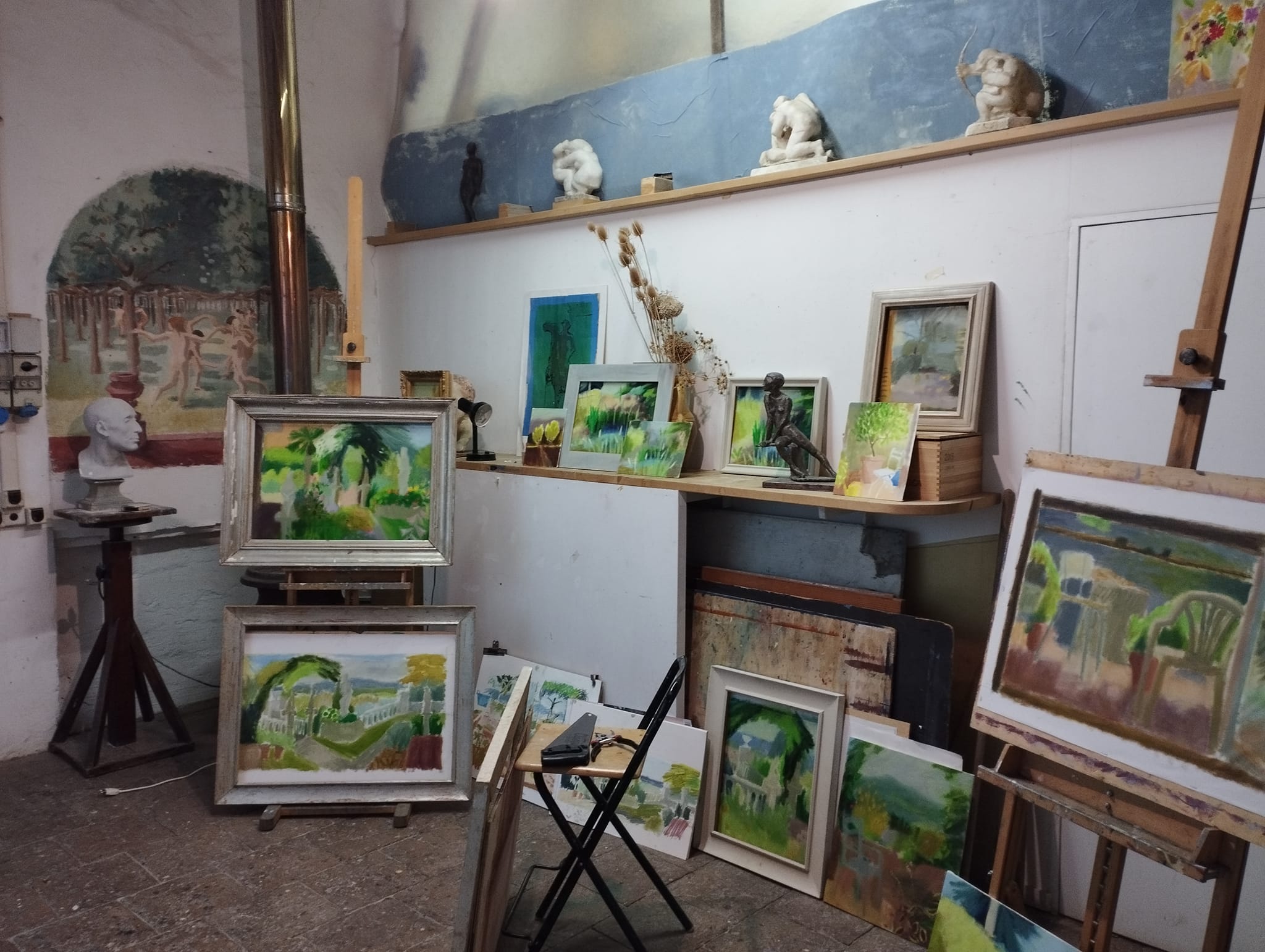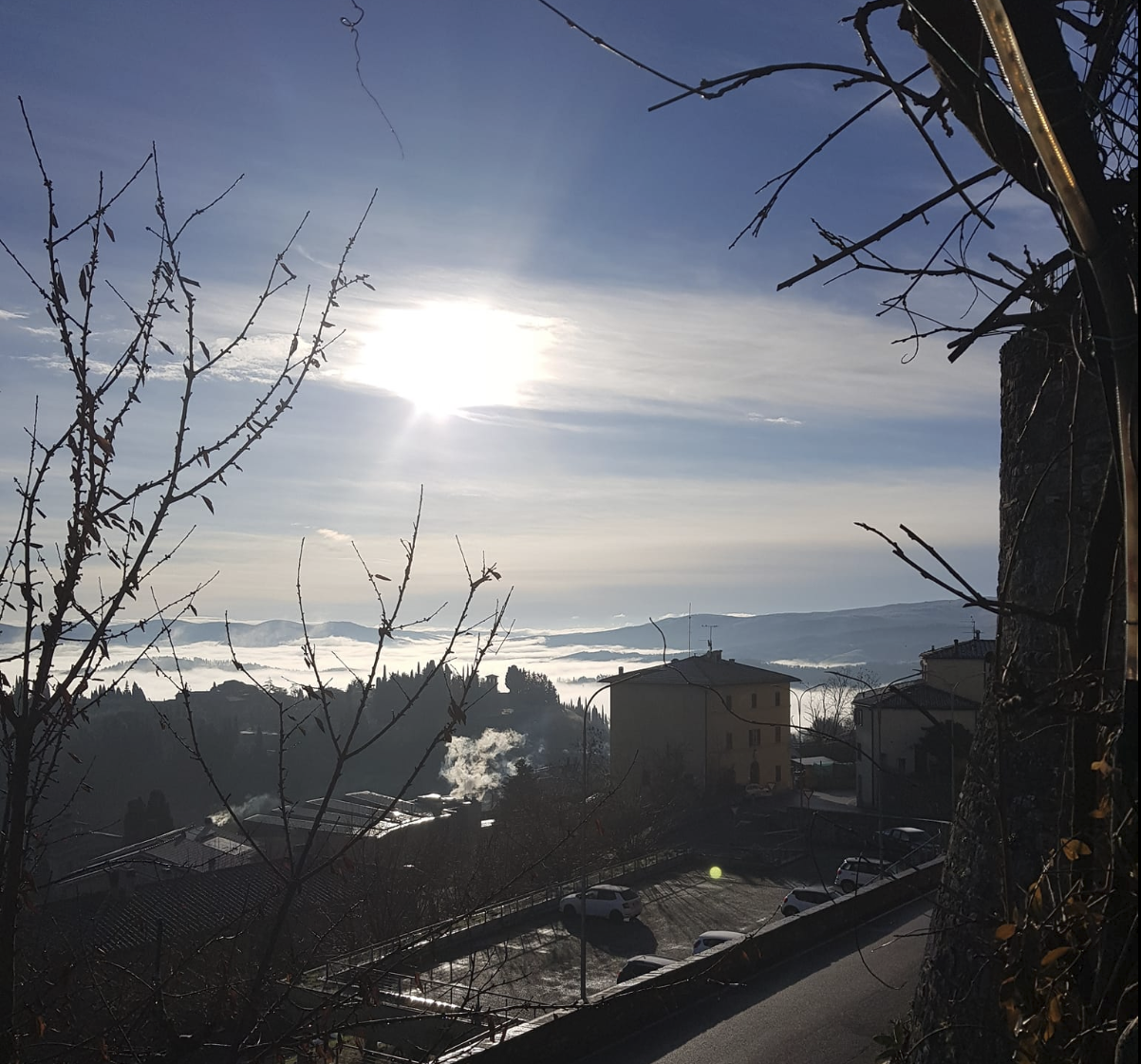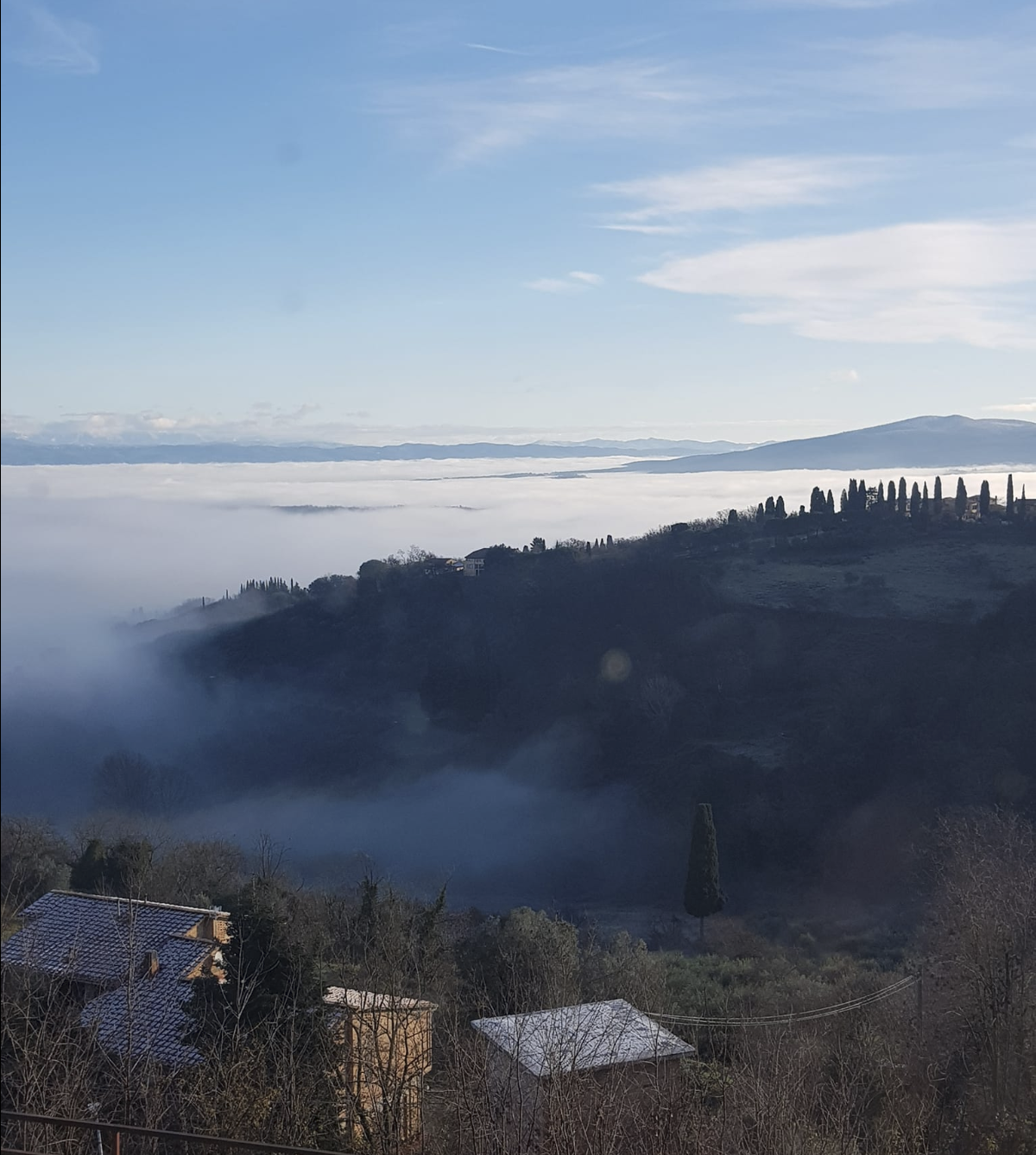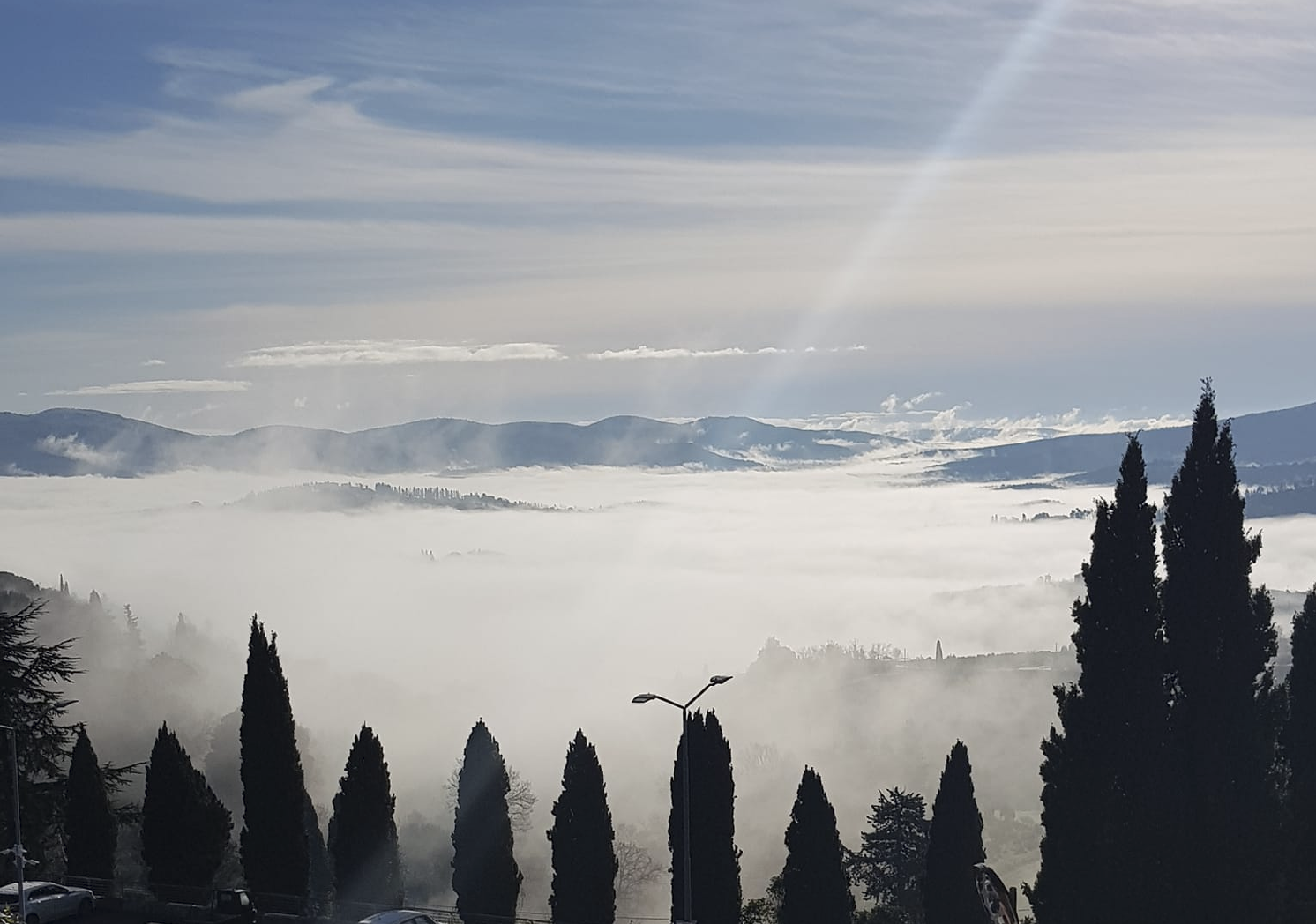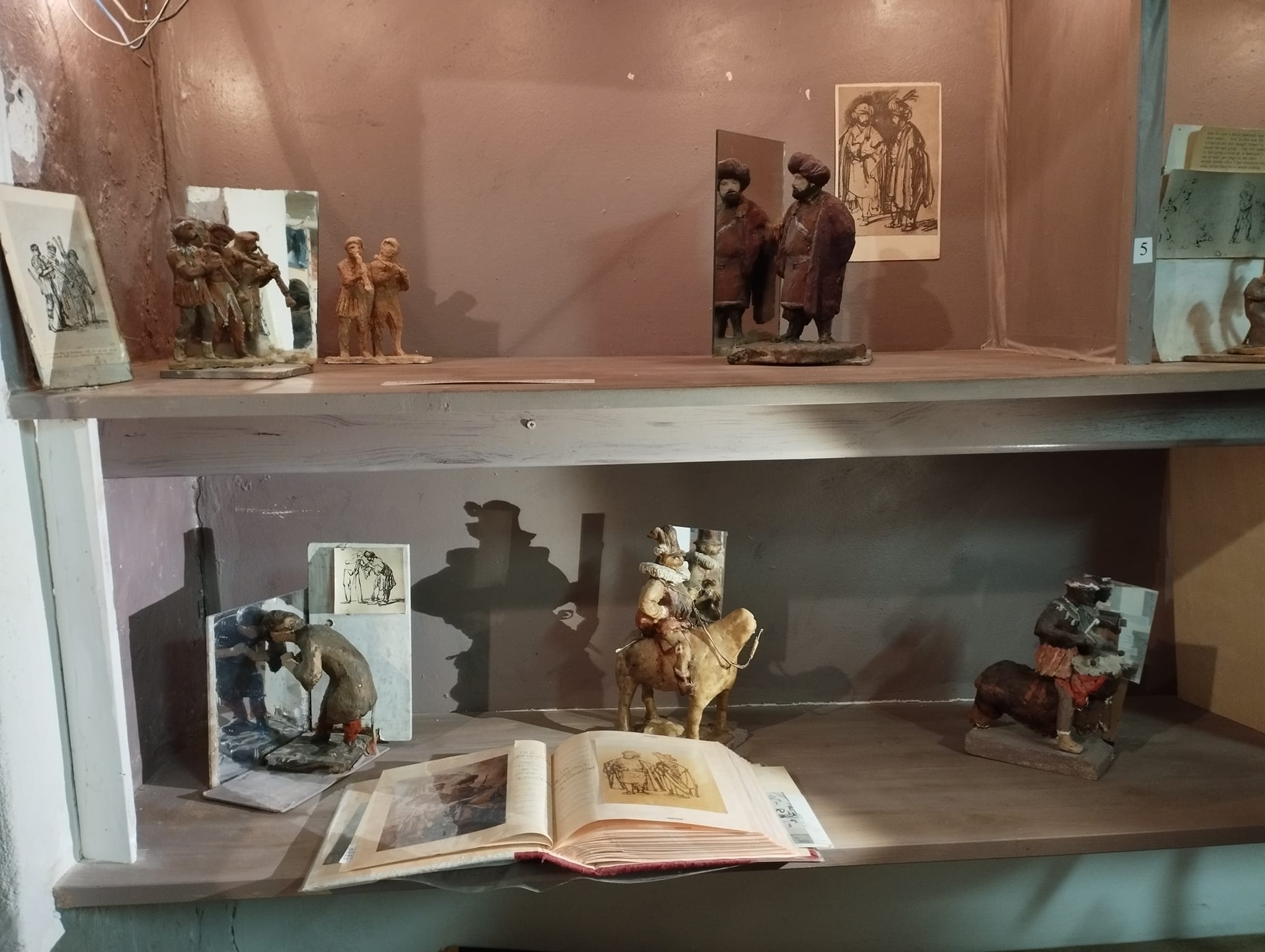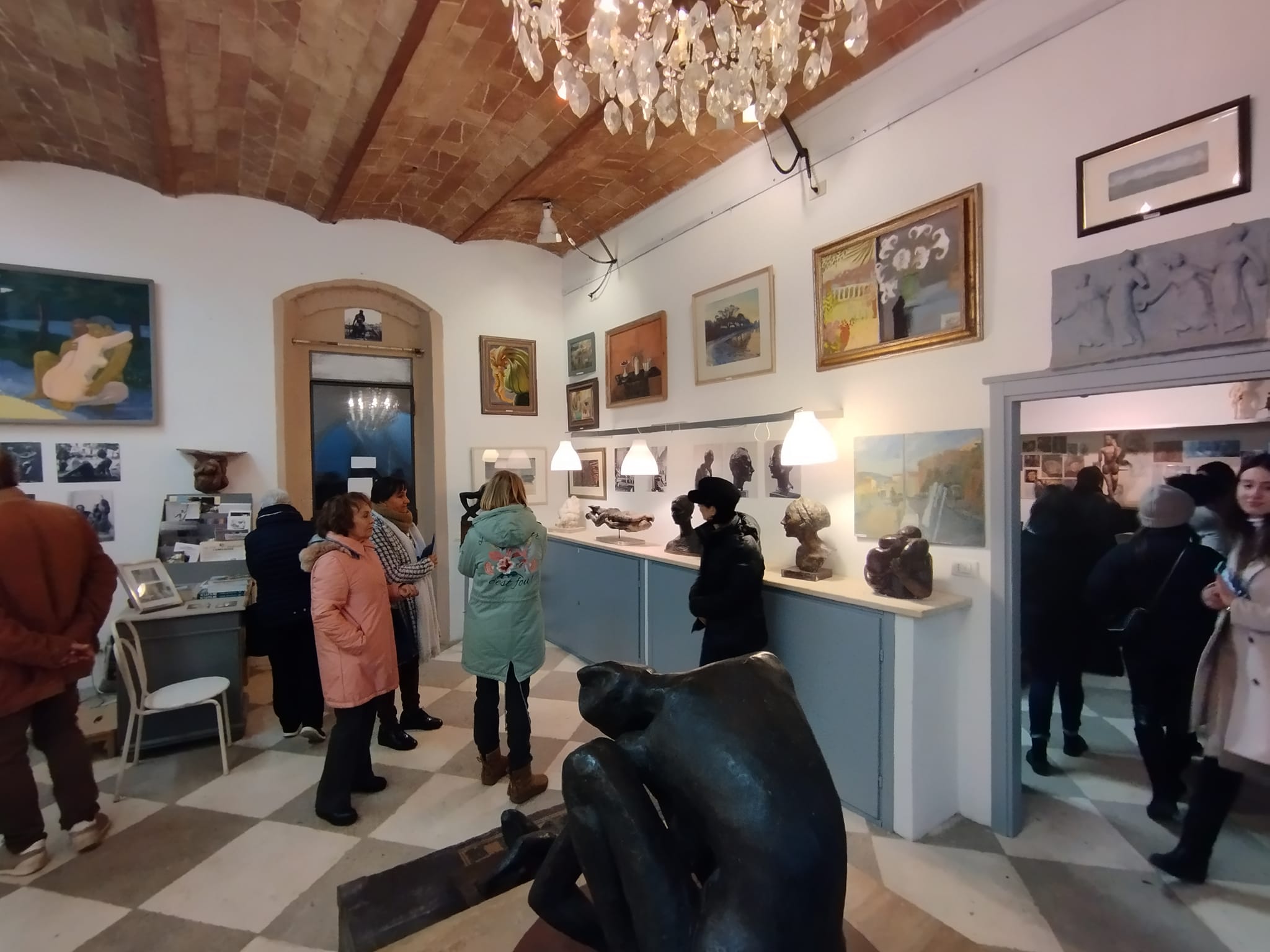The reality behind the visual imagination, as actually practised in antiquity, has been taboo since Pliny mentioned life casting. But the ‘career ending taboo’ is beginning to crack. We have been fed the fantasies of art historians for so long they have become part of our culture and even endanger our existence on the planet because the experts constantly prefer fantasy over observation; where what we have been admiring most over the centuries is observed art.
Back to Reality! Art History has a horror of ‘mechanical aids’ which fortunately is not shared by the sciences. Do we question Galileo because he used a telescope? The evidence is mounting to demolish the myths and ideologies of our great art institutions that have controlled the narrative for so long. Phidias probably used life casting to aid his work on the Parthenon. Why should artists not use mirrors if they help?
|
|
| The Horse of Selene on the east pediment of the Parthenon (British Museum) esteemed as an example of Greek artistic genius but Nigel puts forward the evidence that it was created as part of a Roman restoration project probably under Hadrian 570 years later. The rest is all original Greek. He believes the whole of the west pediment is Roman because clear of smoke damage though the west facade was blackened. |
Nigel Konstam is a sculptor who has been pioneering a more realistic approach to art history, which has been stoutly resisted by the establishment. He has been published, nonetheless, in prestigious periodicals (Apollo, Burlington, The Oxford Journal of Archaeology) through the help of distinguished scholars with more open minds.
The courses he offers are all based on practical art, particularly the art of drawing, as the essential basis for making judgments in art. They can be pursued individually, or in small groups. They are tailored to the needs of artists, art critics, art historians and archaeologists. (Minimum length 3 weeks, year round, students can choose from the menu).
Study Options: Carving, Sculpture and drawing. Use of wax (modelling and life casting)
Painting, Learning from the practices of the masters: Maitani and Sienese sculpture, Florentine Sculpture with drawing, Brunelleschi’s use of a mirror, Rembrandt, Velasquez and Vermeer's methods. Canova's method.
How to feed the visual imagination




















